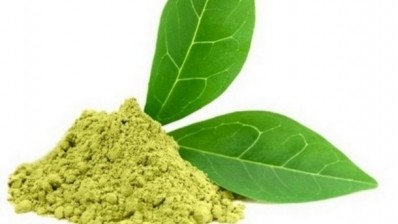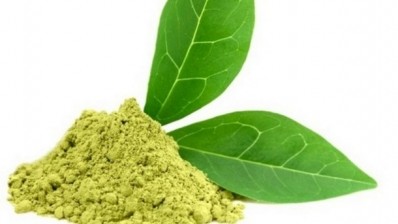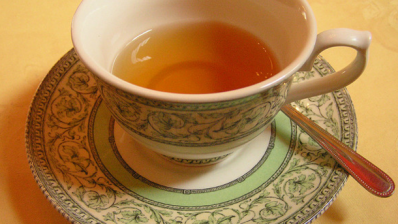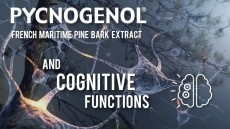Green tea extract an ‘effective treatment’ for non-alcoholic fatty liver disease: Study
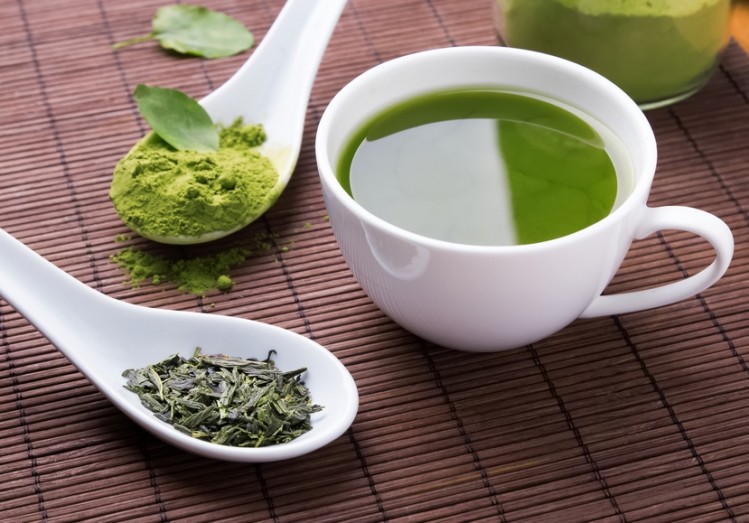
In the wake of previous studies, researchers at the Human Nutrition Program at The Ohio State University hypothesised that dietary GTE treatment would reduce the activation of the protein complex NFκB by the toll-like receptors TLR4 and TNFR1, which otherwise contributes to liver injury during NASH.
They pointed out that while other studies, including their own, had focused on defining GTE on proinflammatory responses downstream of NFκB activation, “the present study aimed to define the upstream mechanism by which GTE attenuates NFκB activation during NASH, which has yet to be reported.”
To test this, they fed mice a low-fat (LF) or high-fat (HF) diet for 12 weeks to induce NASH.
Mice then continued on these same diets that were either devoid of, or supplemented with, GTE at a physiologically relevant dietary dose for an additional eight weeks.
“We then evaluated therapeutic antiinflammatory activities of GTE by assessing histological and biochemical parameters of NASH, hepatic NFκB inflammatory responses and mRNA expression of TNFR1 and TLR4 receptor complexes along with concentrations of ligands for these receptors,” they stated in the The Journal of Nutritional Biochemistry.
While GTE had no effect on the mice fed the low-fat diet with regard to liver histology or inflammatory responses, the opposite was the case for the mice fed a high-fat diet.
“GTE in HF mice decreased biochemical and histological parameters of NASH,” they added.
“This study demonstrates that dietary GTE is an effective treatment for HF-induced NASH consistent with a mechanism of decreasing TNFR1- and TLR4-mediated NFκB activation that otherwise contributes to liver injury.”
According to a paper published in 2015, non-alcoholic fatty liver disease has 20-30% prevalence in Western countries and 2%-4% worldwide.
The prevalence of NAFLD in Asia, depending on location (urban vs rural), gender, ethnicity, and age is variable between 15%-20%, and has increased to sue to rised in obesity and type 2 diabetes.
In the present study, the research team noted: “Of significant concern is that the already-high prevalence of NAFLD is expected to worsen due to its close relationship with obesity and the lack of established therapies beyond weight management.”
They concluded that future studies are needed to define the independent, tissue-specific effects of GTE in decreasing NFκB inflammatory responses that contribute to liver injury in NASH.
“This is expected to be of public health importance consistent with the growing recognition that the gut–liver axis is a therapeutic target in NASH.
“Thus, translational studies examining GTE in NASH patients should be considered, consistent with green tea being considered safe when ingested as recommended and its potential role to effectively mitigate NASH in association with obesity.”
Source: The Journal of Nutritional Biochemistry.
DOI: http://dx.doi.org/10.1016/j.jnutbio.2016.12.007
“Green tea extract treatment reduces NFκB activation in mice with diet-induced nonalcoholic steatohepatitis by lowering TNFR1 and TLR4 expression and ligand availability.”
Authors: Richard S. Bruno, et al.
